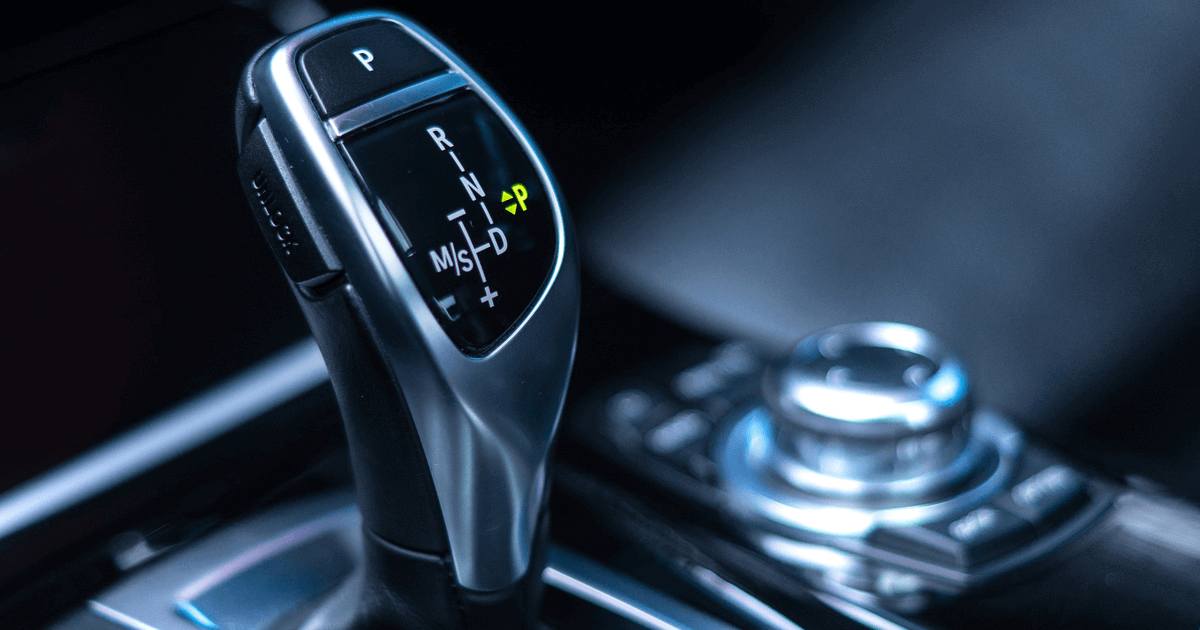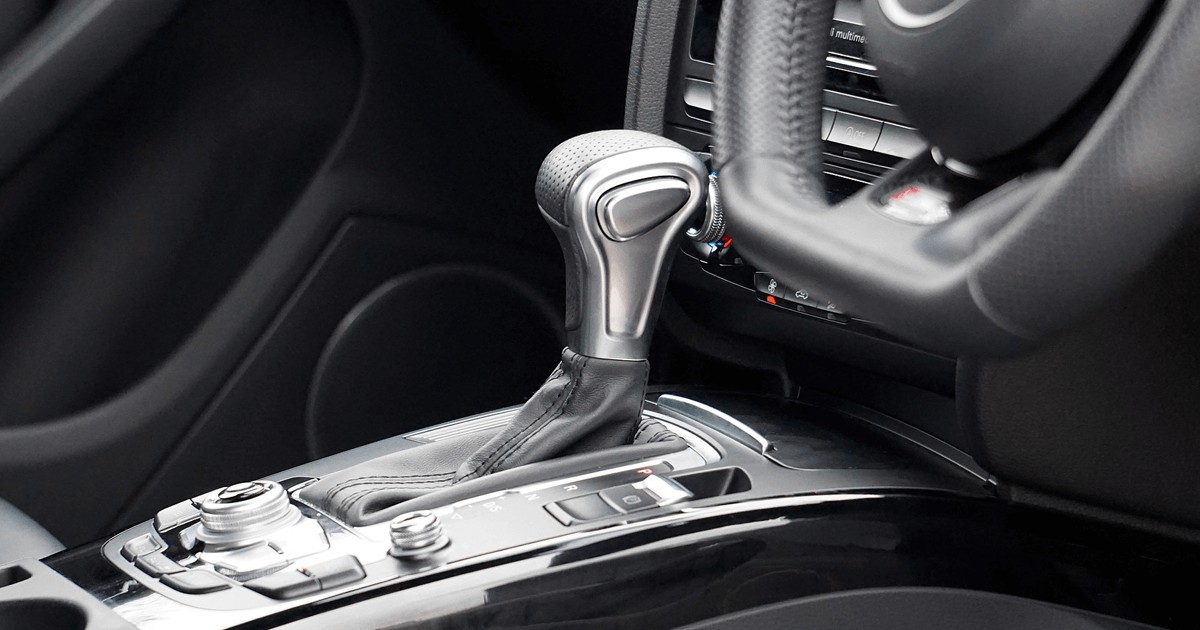
When learning how to drive an automatic car, you'll be pleasantly surprised at how easy it is compared to a stick-shift. Automatic transmission cars, or “slushboxes”, have gained a lot of popularity in the UK over the past few years. Many people drew to the simplicity of the operations, and it is quite easy to see why. Avoiding the hassle of changing gears repeatedly, automatic vehicles allow you more time to focus on things like side mirrors, speed meter, and other related components. It, thus, makes the driving experience more pleasant.
Before we explain how to drive an automatic car, let’s go over the various controls these vehicles have:
Automatic Car Controls:
While most controls on automatic and manual transmission vehicles are the same, the gearbox is different. The gearbox on automatic cars is simple and straightforward, which is what makes learning how to drive an automatic car so fun and easy.

Although there can be slight variations from one vehicle model to another, generally, the gearbox has four main modes as follows: ‘P’ (park), ‘R’ (reverse), ‘N’ (neutral) and ‘D’ (drive). The names are self-explanatory, but in case you’re still confused, here’s what each mode does:
1. Park:
The P mode on your gearbox is for situations when you need to stop your car and exit it. This gear locks your vehicle's transmission and prevents it from rolling away. Most people who are just starting to learn how to drive an automatic car often forget that you need to use the handbrake and the P mode together, especially when parking on an inclined space.
2. Reverse:
When you intend to reverse your car, engage the “R” mode. This gear works the same way it does in manuals.
3. Neutral:
Use the “N” mode when you need to park your car for a short period. It is similar to when you knock a manual gearbox out of gear. Word of caution: do not engage the N mode in a moving car and remember to use it in combination with the handbrake when parked.
4. Drive:
The Drive mode is for all normal forward driving. In this gear mode, your vehicle will automatically select gears as it moves.
Along with these basic modes and gears, your car might also have a few extras represented by either numbers or a combination of numbers and alphabets. For instance, you might see the number '1' or 'D1' and '2' or 'D2'. It can be quite frightening for someone unfamiliar with how to drive an automatic car because you might wonder why automatic cars even need extra gears.
D1 and D2 Controls
Well, let us tell you why. You might occasionally find yourself in situations where you would want to override the automatic system to control your car's speed more efficiently. For instance, you would like to keep your pace down when you drive down a steep hill. Use the first gear (1, D1) for such situations. The second gear (2, D2) keeps the revs of your wheels down and stops them from spinning, such as while pulling out of slippery snow or mud.
Depending on your vehicle model and make, you might need to reach a certain speed level before you can "downshift" (as we call it) into these lower gears. Downshifting when driving at high speeds can severely damage the engine and transmission of your car. You can find this speed limit in your owner's manual.
Depending on your vehicle model and make, you might need to reach a certain speed level before you can "downshift" (as we call it) into these lower gears. Downshifting when driving at high speeds can severely damage the engine and transmission of your car. You can find this speed limit in your owner's manual.
How To Drive An Automatic Car in 8 Simple Steps?
Driving an automatic transmission vehicle is simple. If you've already got a licence for manual, learning how to drive an automatic car should be a breeze. Nevertheless, it's easy to understand even from scratch.
1. When you get into the driver's seat, check to ensure that the gear level is set at Park (P). Press down on the brake, which is the left-hand pedal, firmly while you start the engine since most automatic cars won't start unless you take these precautions.
2. While pressing down the brake, ignite the engine by turning the key or pressing the start button, and move the lever from ‘P’ to ‘D’ or ‘R’, depending on whether you wish to move forward or in reverse. In some vehicles, you will need to push the security button, located on the gear lever.
3. Once you've put the car in D mode, it will begin to edge forward, so remember to keep the foot brake engaged. It is a feature that stick-shift car drivers find hard while learning how to drive an automatic car. This "creeping" feature is helpful when parking or driving in low-traffic areas, so you should make use of it in these situations.
4. Once your vehicle starts to move, the gearbox will kick into action and select the right gear for the situation. It allows you to shift your focus to the side mirrors and other safety features while driving.
5. Press the right-hand pedal if you want to move the car faster or are going up the hill. Use your right foot for the brake as well. It will prevent confusion in emergencies.
6. If you have to stop at traffic lights or park for short periods, move the gear lever from Drive to Neutral. Use the handbrake to make sure your vehicle is immobile.
7. For swift manoeuvres such as overtaking another car, you can use the Kick-Down feature of automatic vehicles. Press the accelerator down to the floor, and it will cause the transmission to drop down to a lower gear automatically, thus giving you increased acceleration.
8. When you’ve reached your destination and would like to exit your vehicle, push down on the brake pedal and shift the gear into P mode. Turn the ignition off and feel free to leave the car.
There you have it! You’ve mastered the art of how to drive an automatic car in 8 simple-to-follow steps.
Conclusion:
Automatic transmission vehicles are gaining popularity over manual cars, and knowing how to drive an automatic car is an invaluable skill to acquire. Thanks to the high level of automation of these cars, they're simple to learn and navigate. The primary difference between the two transmissions is the gearbox and its functioning. Automatic gearboxes choose the gear for you, thus freeing up your attention, so you can focus on other aspects of driving.


